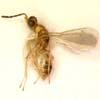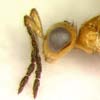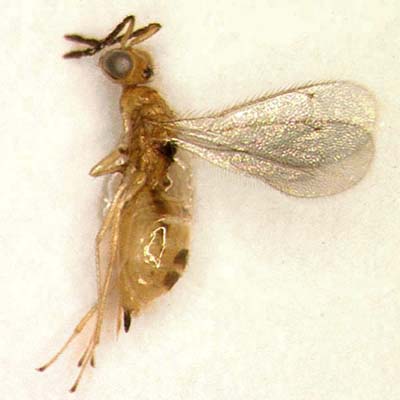 |
|||||||||||||||||||||||||||||||||||||||||||||||||||||||||||||||||||||||||||||||||||||||||||||||
|
|
Home | Open the Key | References | ||||||||||||||||||||||||||||||||||||||||||||||||||||||||||||||||||||||||||||||||||||||||||||
|
|||||||||||||||||||||||||||||||||||||||||||||||||||||||||||||||||||||||||||||||||||||||||||||||
Classification
|
|||||||||||||||||||||||||||||||||||||||||||||||||||||||||||||||||||||||||||||||||||||||||||||||
Subfamily Tribe |
|||||||||||||||||||||||||||||||||||||||||||||||||||||||||||||||||||||||||||||||||||||||||||||||
Diagnosis
|
|||||||||||||||||||||||||||||||||||||||||||||||||||||||||||||||||||||||||||||||||||||||||||||||
|
|
||||||||||||||||||||||||||||||||||||||||||||||||||||||||||||||||||||||||||||||||||||||||||||||
| |
|||||||||||||||||||||||||||||||||||||||||||||||||||||||||||||||||||||||||||||||||||||||||||||||
Distribution |
|||||||||||||||||||||||||||||||||||||||||||||||||||||||||||||||||||||||||||||||||||||||||||||||
|
This genus is recorded from all continents (Schauff et al., 1998). |
|||||||||||||||||||||||||||||||||||||||||||||||||||||||||||||||||||||||||||||||||||||||||||||||
| |
|||||||||||||||||||||||||||||||||||||||||||||||||||||||||||||||||||||||||||||||||||||||||||||||
Biology |
|||||||||||||||||||||||||||||||||||||||||||||||||||||||||||||||||||||||||||||||||||||||||||||||
|
The species of this genus are probably always primary ectoparasitoids of small caterpillars and some leafminers of several Lepidoptera families, as Gelechiidae, Lyonetiidae, Glyphipterygidae, Tortricidae, Pyralidae, Noctuidae (Boucek, 1988). S. japonicus (Ashmead) has been also recorded on Liriomyza spp. in Japan (Murphy & La Salle, 1999). |
|||||||||||||||||||||||||||||||||||||||||||||||||||||||||||||||||||||||||||||||||||||||||||||||
| |
|||||||||||||||||||||||||||||||||||||||||||||||||||||||||||||||||||||||||||||||||||||||||||||||
| |
|||||||||||||||||||||||||||||||||||||||||||||||||||||||||||||||||||||||||||||||||||||||||||||||
Comments |
|||||||||||||||||||||||||||||||||||||||||||||||||||||||||||||||||||||||||||||||||||||||||||||||
|
Stenomesius belongs to the tribe of
Eulophini by having funicle 4 segmented,
propleura meeting posteriorly and covering prosternum, 2 pairs
of scutellar setae and 3 or more setae on submarginal vein.
Stenomesius may be easily recognised: it is in fact the only genus among the Eulophini included in this key having 2 submedian carina X- or H-shaped on the propodeum. The combination of other characters, as notauli complete, longitudinal lines on scutellum meeting posteriorly, funicle 4-segmented in both sexes and male funicle not branched, could also facilitate its identification. Among Eulophini not considered in the key, Elachertus Spinola and Stenopetius Boucek are probably the most related genera to Stenomesius. Elachertus is distinguishable by not having the X or H shaped median propodeal carina, while Stenopetius, which indeed shares the same kind of submedian carina with Stenomesius, may be recognised by having pronotum with distinct transverse carina, female funicle 5-segmented, thorax very coarsely and irregularly rugose, head without temples but with broad concave occiput, petiole longer than hind coxa and gaster short but with a large first tergite. A detailed description of the genus Stenopetius and of its relationship with Stenomesius is given by Boucek (1988). Unfortunately, a complete key of the genus is not available in literature. |
|||||||||||||||||||||||||||||||||||||||||||||||||||||||||||||||||||||||||||||||||||||||||||||||



